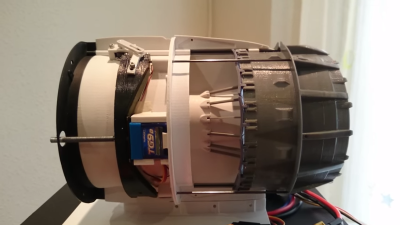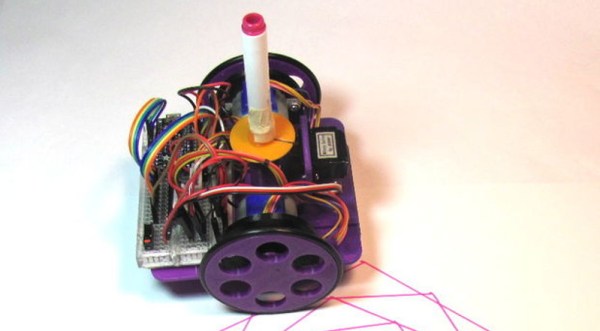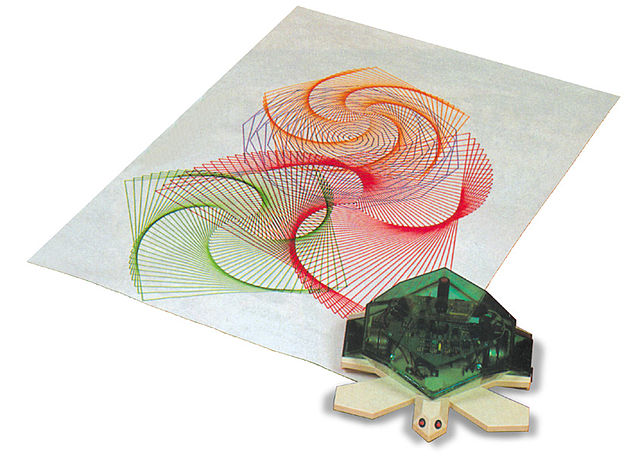[Harcoreta] has created a 3D printed model of the GE GEnx-1B Turbofan. This is the engine that powers Boeing’s 787 dreamliner. What sets this model apart is that it has a complete working reverse thrust system. A real jet engine would be asking a bit much of 3D printed ABS plastic. This model is more of an Electric Ducted Fan (EDF). An NTM 1400kv 35mm brushless motor hides in the core, cooled by a small impeller.
 What sets this apart from other jet models is the working reverse thrust system. [Harcoreta] painstakingly modeled the cascade reverse thrust setup on the 787/GEnx-1B combo. He then engineered a way to make it actually work using radio controlled plane components. Two servos drive threaded rods. The rods move the rear engine cowling, exposing the reverse thrust ducts. The servos also drive a complex series of linkages. These linkages actuate cascade vanes which close off the fan exhaust. The air driven by the fan has nowhere to go but out the reverse thrust ducts. [Harcoreta’s] videos do a much better job of explaining how all the parts work together.
What sets this apart from other jet models is the working reverse thrust system. [Harcoreta] painstakingly modeled the cascade reverse thrust setup on the 787/GEnx-1B combo. He then engineered a way to make it actually work using radio controlled plane components. Two servos drive threaded rods. The rods move the rear engine cowling, exposing the reverse thrust ducts. The servos also drive a complex series of linkages. These linkages actuate cascade vanes which close off the fan exhaust. The air driven by the fan has nowhere to go but out the reverse thrust ducts. [Harcoreta’s] videos do a much better job of explaining how all the parts work together.
The model was printed on an Reprap Prusa I3 at 0.1mm layer height. [Harcoreta] smoothed his prints using acrylic thinner, similar to the acetone vapor method. Unfortunately, [Harcoreta] has only released a few of the design files on rcgroups, but we’re hoping he will drop the whole model. We can’t wait to see a model dreamliner landing just like the big boys!
Continue reading “3D Printed Turbofan Features Reverse Thrust”


















